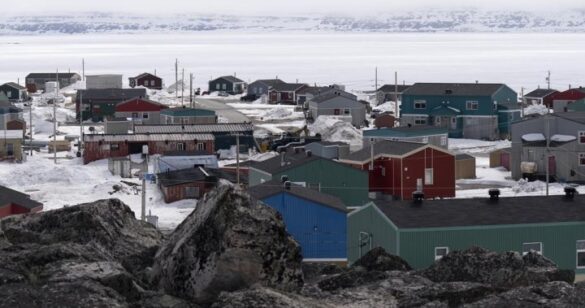A fatal police shooting on May 6, 2025, in Kangiqsualujjuaq, Nunavik, Quebec, has sparked significant public outcry and demands for reform from Inuit leaders. The incident involved Nunavik Police Service officers using a conducted energy weapon and a firearm against a wanted individual brandishing a bladed weapon, resulting in the person’s death. This marks the second fatal police shooting in the region within six months, prompting calls from organizations such as Makivvik Corporation and the Kativik Regional Government for urgent changes to local policing practices amid concerns over escalating violence and broken trust in law enforcement.
Details of the Incident
On May 6, 2025, Nunavik Police Service officers responded to a call involving a wanted individual in Kangiqsualujjuaq who was reportedly armed with a bladed weapon. According to official statements, officers initially employed a conducted energy weapon in an attempt to subdue the individual. When this measure proved ineffective, officers resorted to the use of a firearm, which resulted in the individual’s death at the scene. The deceased’s identity has not been publicly disclosed pending notification of next of kin.
Community Response and Reactions
The shooting has triggered widespread concern among the Inuit population and local leaders. Makivvik Corporation, which represents the Inuit of Nunavik, condemned the use of lethal force and emphasized the need for enhanced de-escalation training and mental health resources to prevent future tragedies. Similarly, the Kativik Regional Government issued a statement expressing deep sorrow over the loss and underscoring the urgent need for an independent review of policing practices in the region.
Background and Previous Incidents
This event marks the second fatal police shooting in Nunavik within a six-month period, raising alarm over patterns of law enforcement engagement in the territory. Previous incidents have also highlighted underlying issues such as high rates of community violence, limited access to social services, and longstanding distrust between residents and police forces.
Calls for Reform
In light of the recent events, several advocacy groups and local government bodies are calling for comprehensive reforms in policing strategies. Proposed measures include:
- Enhanced cultural competency and trauma-informed training for officers.
- Increased involvement of Indigenous community leaders in public safety planning.
- Strengthening mental health crisis intervention capabilities within the police service.
- Establishment of an independent oversight body to investigate police-involved incidents.
These reforms aim to build trust between police and Nunavik’s Indigenous communities while reducing the likelihood of violent encounters.
Ongoing Investigations and Next Steps
The Quebec provincial police watchdog has launched an investigation into the circumstances surrounding the shooting. Authorities have pledged transparency as the inquiry proceeds and have invited public submissions to inform policy discussions. Both provincial and regional officials have committed to reviewing police protocols and collaborating with community stakeholders to enhance safety and accountability.
Conclusion
The fatal police shooting in Kangiqsualujjuaq has intensified calls for substantive change in law enforcement practices across Nunavik. With multiple stakeholders advocating for reform, the incident serves as a critical moment prompting reflection on public safety, justice, and Indigenous relations within Quebec’s northern communities.
The recent fatal police shooting in Kangiqsualujjuaq underscores the urgent need for comprehensive reforms in policing practices within Nunavik. As communities and leaders call for greater accountability, improved training, and culturally sensitive approaches, this incident highlights the broader challenges facing law enforcement in Indigenous regions. Moving forward, collaborative efforts among authorities, Indigenous representatives, and advocacy groups will be essential to restore trust, enhance public safety, and prevent similar tragedies in the future. Ongoing investigations and policy reviews will play a crucial role in shaping these reforms and fostering a more just and effective policing framework in Nunavik.

